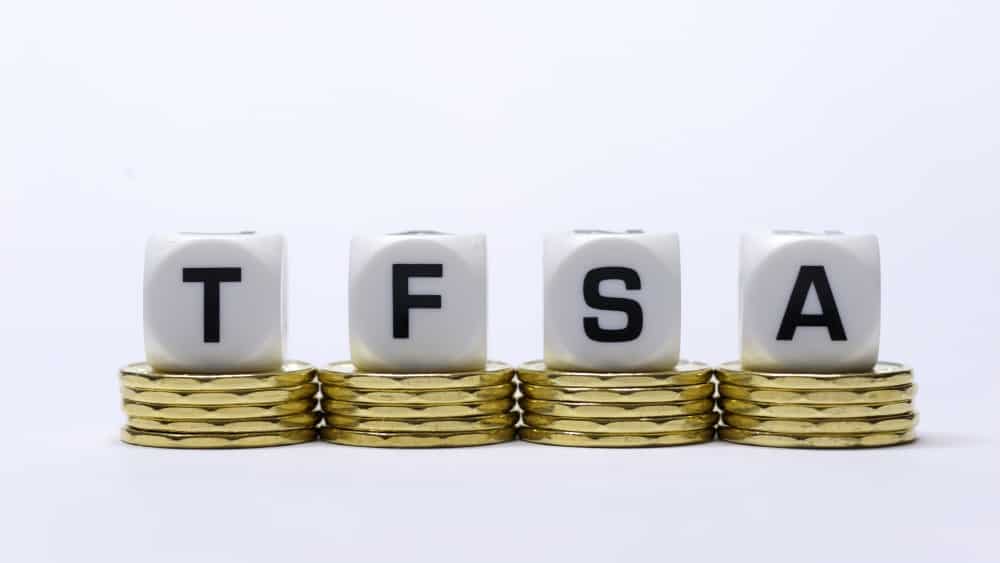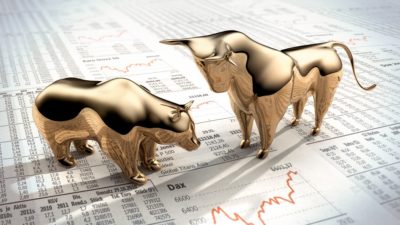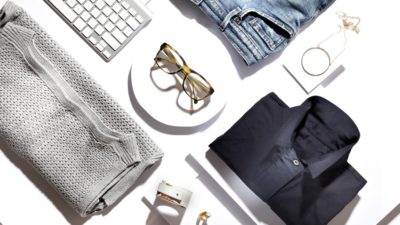The Tax-Free Savings Account (TFSA) is the most powerful tax-saving vehicle available for low to medium income Canadians. Thanks to its low contribution limit, it allows users to shelter a modest amount of assets from taxation–while not allowing the same on multi-million dollar fortunes.
In this article I’ll explain how the TFSA allows a user with a low net worth to achieve a zero tax rate, while preventing rich Canadians from doing the same. The analysis starts with the contribution limit.
The TFSA has a low contribution limit
The main way the TFSA combats wealth inequality is through its low contribution limit. Every year, a certain amount of TFSA contribution space is released. The amount is never large. In 2021, Canadians get an extra $6,000 in TFSA contribution room. That’s enough room to make a big impact on a low earner, but a tiny drop in the bucket for a high earner.
If the TFSA had an enormous contribution limit–let’s say $100,000 a year and $1 million cumulative–it would arguably make wealth inequality worse. However, as long as the amount of money that can be sheltered is low, then the TFSA helps low income Canadians more than rich Canadians. I’ll dig into the math on that below.
People with less assets save more with the TFSA
If your total liquid assets are $69,500 or less, you can achieve a 0% tax rate on your investments in a TFSA. If you have a million in liquid assets, on the other hand, you can only shelter 6.95% of your net worth through a TFSA.
Let’s imagine that two investors hold Shopify Inc (TSX:SHOP)(NYSE:SHOP) in a TFSA. One (“Bob”) is a low income earner who had his entire $69,500 fortune in SHOP stock at the start of the year. The other (“Barron”) has a $1 million Shopify position, sheltering as much of it as possible ($69,500) in a TFSA.
Bob realizes far more tax savings–percentage wise–than Barron does in this situation. Let’s assume that both Bob and Barron both cash out of SHOP at a 100% gain. That’s quite plausible, because SHOP more than doubled this year. In this scenario, Bob pays no taxes on his position, and gets a tax-free $69,500 gain.
Barron also gets a tax-free $69,500 gain. However, because he can’t shelter his whole $1 million position in a TFSA, he’s still responsible for taxes on $930,500 of it. On that portion of his gain–which also goes up 100%–he has to pay his full tax rate on half of it. That is, on a $465,250 taxable gain. At Ontario’s 52% top federal/provincial combined tax bracket, he’d pay 52% on that, or $241,930.
Total taxes payable by Bob: $0.
Total taxes payable by Barron: $241,930.
Foolish takeaway
As the example above shows, the TFSA allows low income earners to shelter a far greater percentage of their assets from taxes than wealthy Canadians. While high earners can claim all of the available contribution space, the proportionate impact is lower. That’s because the TFSA contribution space available each year is very small.
If the government were to allow obscene amounts of TFSA room every year–let’s say $100,000 worth–then perhaps the TFSA would aggravate wealth inequality. As it stands, though, it’s mainly a benefit to low earners.










